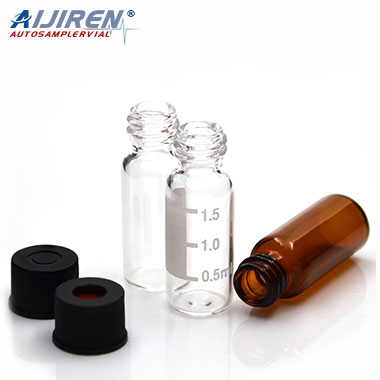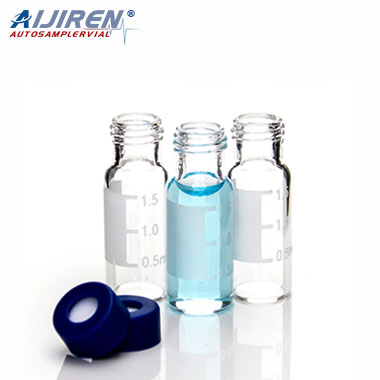Discover how membrane filters are shaping the future of clean energy. Explore their pivotal role in sustainability.
Discover how membrane filters are shaping the future of clean energy. Explore their pivotal role in sustainability.
Choosing membrane filters: Sizes, shapes, and selection tips for optimal filtration. Explore our guide now!
Discover if PTFE syringe filters withstand thermal stress. Learn about temperature resilience & filtration precision. Find answers here.
Discover whether PTFE syringe filters need pre-wetting before use. Understand the advantages, disadvantages, and best practices for optimal filtration results.

Pes syringe filters are commonly used in laboratory applications to filter out particles and microorganisms from various solutions. They are made of polyethersulfone (PES) membrane, which is a hydrophilic membrane that offers high flow rates and low protein binding. The filters come in different pore sizes, ranging from 0.22μm to 5μm, and are compatible with a wide range of solvents and solutions. As with any laboratory equipment, there are frequently asked questions (FAQs) about pes syringe filters that users may have. In this article, we will address some of the most common FAQs related to pes syringe filters.

Sterile syringe filters are essential laboratory tools used for removing particulates and microorganisms from liquid samples. They are widely used in various applications, including analytical chemistry, pharmaceuticals, food and beverage, and biotechnology. As with any laboratory tool, users may have questions about their proper use, selection, and maintenance. In this article, we have provided answers to some frequently asked questions about sterile syringe filters to help users make informed decisions and avoid potential issues.